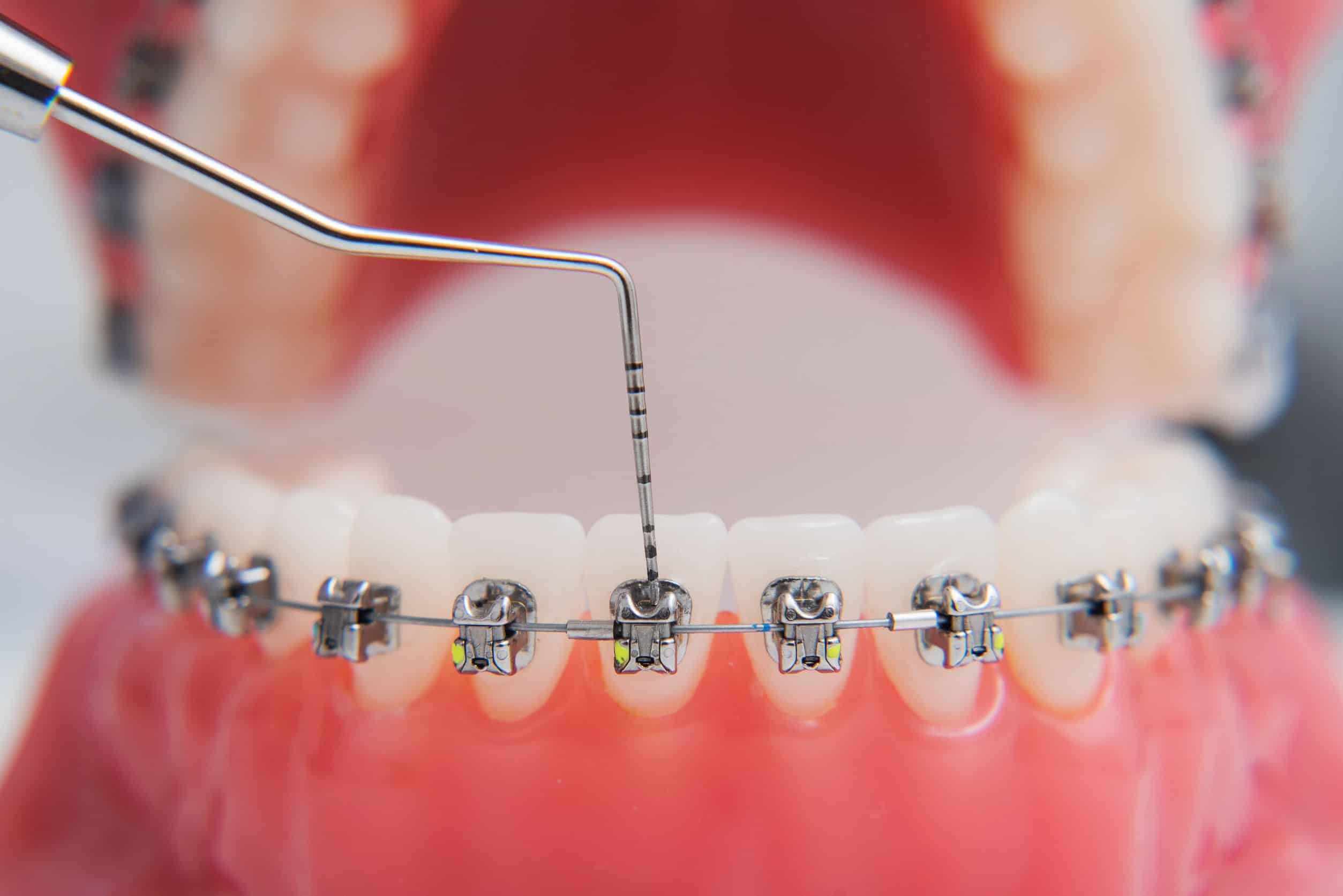7 Simple Techniques For Legacy Orthodontics
7 Simple Techniques For Legacy Orthodontics
Blog Article
Some Known Details About Legacy Orthodontics
Table of ContentsWhat Does Legacy Orthodontics Do?The 10-Minute Rule for Legacy OrthodonticsAn Unbiased View of Legacy OrthodonticsThe Basic Principles Of Legacy Orthodontics The Ultimate Guide To Legacy Orthodontics
In addition, we use flexible therapy routines, versatile settlement options and a fun, enjoyable experience.An orthodontist is a dentist trained to detect, protect against, and treat teeth and jaw abnormalities. They remedy existing conditions and are trained to identify problems that may develop in the future. Orthodontists work with individuals of any ages, from children to grownups. People commonly link a best smile with good health and wellness.
Malocclusion, or misaligned teeth, can bring about oral issues, including dental caries, periodontal disease, and tough or painful eating. But not everybody is born with straight teeth. If you have a negative bite or big spaces in between your teeth, you may wish to speak with a dental professional specializing in orthodontic treatment.
The Definitive Guide for Legacy Orthodontics
( Picture Credit Scores: DigitalVision/Getty Images) Orthodontists make use of repaired and detachable oral tools, like braces, retainers, and bands, to change the setting of teeth in your mouth. Orthodontic treatment is for dental problems, consisting of: Crooked teethBite troubles, like an overbite or an underbiteCrowded teeth or teeth that are too far apartJaw misalignmentThe goal of orthodontic therapy is to boost your bite.
While you might assume of orthodontists as mainly for kids or young adults who require braces, they can deal with dental problems at any type of age. Orthodontists go to college, oral school, and orthodontic college.
All orthodontists are dental professionals, however not all dental professionals are orthodontists. Orthodontic residency programs offer intensive, focused guideline for dental specialists. They concentrate on two areas: Exactly how to correctly and safely relocate teeth How to appropriately guide growth in the teeth, jaw, and faceOnce an orthodontist has completed training, they have the choice to come to be board licensed.
The Buzz on Legacy Orthodontics
Misalignment, or malocclusion, is one of the most typical reason people see an orthodontist. It is genetic and is the outcome of size distinctions between the upper and reduced jaw or in between the jaw and teeth. Malocclusion results in tooth overcrowding, an askew jaw, or irregular bite patterns. Malocclusion is normally treated with: Your orthodontist affixes metal, ceramic, or plastic square bonds to your teeth.
Some individuals need a headgear to help move teeth right into line with stress from outside the mouth. A retainer is a custom device that keeps your teeth in location.
They're usually utilized on kids. They can produce extra area in the mouth without having to pull teeth. If you have a significant underbite or overbite, you might require orthognathic surgery (also called orthodontic surgical treatment) to extend or reduce your jaw. Orthodontists utilize wires, medical screws, or plates to support your jaw bone.
You may need to see an orthodontist if you have: Crowding or otherwise adequate room for every one of your teethOverbite, when your top teeth come over your base teethUnderbite, when your base teeth are as well far forwardSpacing or problems with gapsCrossbite, which is when your top teeth fit behind your base teeth when your mouth is closedOpen bite or an upright space between your front base and top teethMisplaced midline, when the center of your bottom and top teeth don't line up Remedying a dental malocclusion can: Make attacking, chewing, and speaking easierImprove the proportion of our face and your total appearanceEase discomfort from temporomandibular joint conditionsDifferent your teeth and make them simpler to clean, aiding prevent tooth decay or dental caries It's often a dental expert who initially notifications misaligned teeth throughout a routine examination.
Some Known Incorrect Statements About Legacy Orthodontics

Throughout your first orthodontic consultation, you'll likely have: A dental examPhotos taken of your face and smileDental X-raysPanoramic (360 degree) X-rays of your face and headImpressions to develop molds of your teethThese examinations will certainly help your orthodontist recognize exactly how to proceed with your therapy. leesburg braces. An orthodontist is a dental practitioner that's had training to treat your teeth and jaw
An orthodontist is focused on your bite, so something like a damaged tooth would be dealt with by a dental practitioner. Orthodontists are concentrated on your bite, or the way your teeth fit together, and the straightness of your teeth.
Ever before wondered exactly how stars constantly seem to have completely straightened teeth? The answer typically hinges on the proficient hands of an orthodontist. Yet exactly what does an orthodontist do? Orthodontists are oral specialists who concentrate on correcting irregularities in the teeth and jaws. Their proficiency goes past just developing a stunning smile; it encompasses enhancing your total dental health and feature.
The Ultimate Guide To Legacy Orthodontics

, orthodontists have a diverse toolkit at their disposal. These tried-and-true braces use a system of braces adhered to the teeth website link and connected by cables.
These detachable trays are customized to considerably change the teeth's placement. In situations of slim jaws, palatal expanders can be utilized to produce space for appropriate tooth positioning.
Report this page